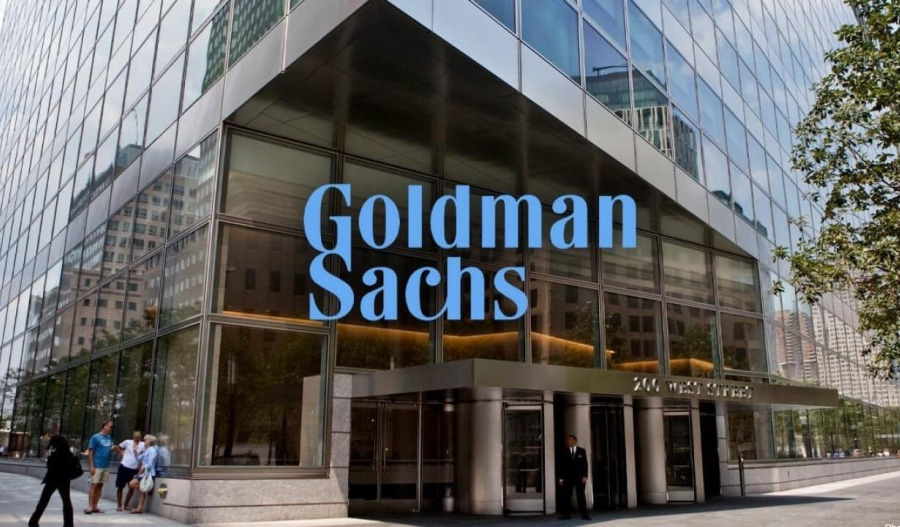Given that fund managers the world over have made an art form out of failing to beat their benchmarks – aka a passive index – it’s bemusing why investors and some financial media continue, in varying in degrees, to have an unwarranted reverence for the prognostications they make about markets.
While fund managers may appear to be well-intended in sharing stock picks, it’s important for you, the investor, to stop and question why A) they’re sharing their views with the market, B) how they’ve arrived at these conclusions and C) over what time frame their recommendations are expected to hold water.
Shopping their own book
Firstly, it’s important to realise that when a fund manager talks about ‘high conviction’ stocks, all it may be doing is “shopping its book”.
In other words, a fund manager may only be singing the praises of the stocks it has already placed bets on – within its portfolio - in the hope that retail investors will buy into their positive sentiment, which will help drive the share price higher.
Secondly, it’s important to recognise that investors who place their trust in active fund managers are - more often than not - paying a premium for their inferior stock-picking.
Active fund managers who aim to beat benchmarks typically expect to capitalise more on timing opportunities than superior share market valuations based on their analysis.
What fund managers are typically banking on is their ability to pick mispriced securities, especially in less efficient markets, such as small caps, where information asymmetry creates opportunities.
They can also reduce exposure to overheated sectors, leverage, hedge or limit losses in downturns.
Poor timing
However, more often than not these strategies are flawed and much of that can be attributed to poor timing.
Admittedly, the failure of fund managers to beat their respective index is nothing new, but their ability to do so appears to be going from bad to worse.
So much so that the struggle by active managers to beat benchmarks has led to a flight to passive funds, with inflows into ETFs also experiencing unprecedented highs both locally and offshore.
Unsurprisingly, for the first time, passively managed funds last year controlled more assets than did their actively managed competitors.
Here in Australia, investors added over A$11.0 billion into ASX-listed ETFs over the first quarter of 2025, continuing the strong momentum that spurred record ETF investment inflows in 2024.
What’s driving investors into the arms of index investing is a realisation that fund manager stock picking is on the nose.
Benchmarks repeatedly beat active fund managers
While there are exceptions in small to mid-cap stocks, data from Rainmaker - which monitors Australian funds – suggests that most local fund managers do not beat benchmarks over longer terms.
According to research by the privately owned and U.S.-based Dimensional Fund Advisors, less than two in 10 active funds outperformed their benchmarks over the past 20 years.
Dimensional Fund Advisors' research also suggests that even the best U.S. active fund managers are typically failing to beat the benchmark, with even the top performers slipping behind after less than five years.
Dimensional’s analysis of 4,660 U.S.-domiciled funds with around $11.4 trillion under management also reveals that “survival and outperformance” rates are low.
History doesn’t repeat
Equally concerning, Dimensional’s data also suggests that most funds in the top quartile of the past five years did not repeat their top-quartile ranking over the next five years.
Fewer than one in four equity funds and around one-third of fixed income funds were able to sustain long-term performance.
During the 20 years to 2020, about 18% of equity funds and 16% of fixed income funds survived and outperformed benchmarks.
According to Bhanu Singh, CEO for the Australian operation, Australian investors are increasingly opting for passive funds, especially in large-cap stock sectors where representative indices are available.
“This is a wake-up call… everyone, from mum and dad investors to institutions, finds stock picking very difficult. That is why there has been a move to index funds.”
How to harvest something useful from fund manager rhetoric
Given that active fund managers get it wrong more than they get it right, why not use their analysis to second-guess your own analysis, and where relevant, help you to formulate a more holistic view over a longer time frame?
Just as you wouldn’t take share market recommendations at face value, you can add fund manager insights to knowledge of individual stocks and draw your own conclusions.
So when Australian fund managers say they are increasingly looking beyond the ‘Magnificent Seven’ tech giants in the U.S. to find new winners in the artificial intelligence revolution, should you intuitively take a contrarian stance, knowing there’s every probability they’re wrong?
Interestingly, funds that were early backers of Nasdaq darlings like Nvidia, Apple, and Microsoft are now placing their bets across a broader investment landscape.
AI onslaught
For example, Melbourne-based Munro Partners has invested in Oracle, which provides database management systems, capitalising on the growing demand for AI computing power.
According to Munro’s CIO Nick Griffin, Oracle has secured nearly $500 billion in bookings by aggressively pursuing OpenAI’s business, projecting a six-fold growth over the next five years.
Broadcom, which provides custom-built chips for companies like Google and is expanding its AI business significantly, is another favourite.
Other less obvious AI plays include Axon Enterprise, known for tasers and body cameras, which is leveraging its extensive video data pool for AI and machine learning applications.
Stable and boring is still good
Then there’s Ziller Asset Management, which is now taking bets on software company Palantir Technologies, noting the impressive impact of AI on the stock’s recent financials.
Specialising in big data analytics, Palantir Technologies’ stock has surged by over 300% in the last year, prompting Ziller to increase his position.
However, when it comes to the growing demand for AI computing power, not all fund managers are singing from the same hymn sheet.
As a case in point, while Swell Asset Management believes companies like Palantir may perform well, there’s growing suspicion that high multiples could lead to rapid valuation declines if challenges arise.
This is why Swell is continuing to hitch its fortunes to the usual suspects like Microsoft and Amazon, which, while potentially less exciting, may offer greater dependability.
How to kick a fund manager’s tyres
According to Damon Callaghan, partner, investments at ECP Asset Management, there are three key factors investors should look for when assessing fund managers.
Firstly, include a firm-wide articulation of why and how they invest.
Callaghan believes every manager must have a clear articulation of why their investment philosophy drives alpha over the long-run and must be able to articulate how this is captured within their investment process.
Secondly, he says fund managers need structures to overcome human decision-making flaws. All managers are fallible humans, susceptible to emotions and bias.
“To manage these shortcomings, systems and processes are essential to create guardrails that hold an investment strategy to account,” he says.
Structures allow for the repeatability of an investment process to maximise the durability of long-term alpha.”
He also reminds investors that over-reliance on discretionary judgement can lead to a spiralling of poor decisions and underperformance.
Finally, Callaghan believes investors should seek cultural comfort and transparency in the investment processes, from idea generation and research to portfolio management.
“They should look back to check audit trails that provide any evidence of how those processes were used through periods of heightened market volatility, when episodes of misjudgement are more likely.”
Equally important, Callaghan suggests investors check how the fund manager admits mistakes or discloses bad news.
“The psychological factors that prevent acceptance and communication of bad news can come from multiple places: a fear of looking stupid or being wrong or an urge to appear consistent with previously stated beliefs, to mention some,” he notes.
“Optimal cultures accept mistakes and embrace bad news so that teams can move on to make better decisions.



